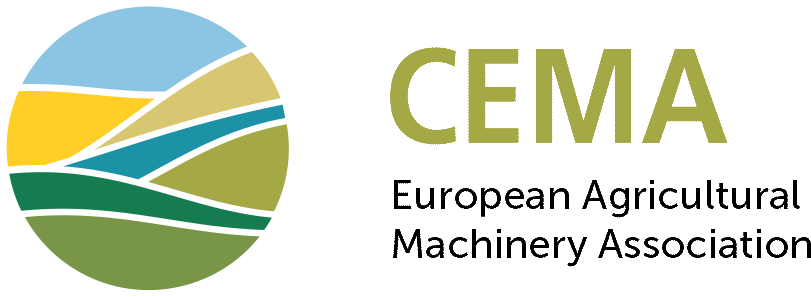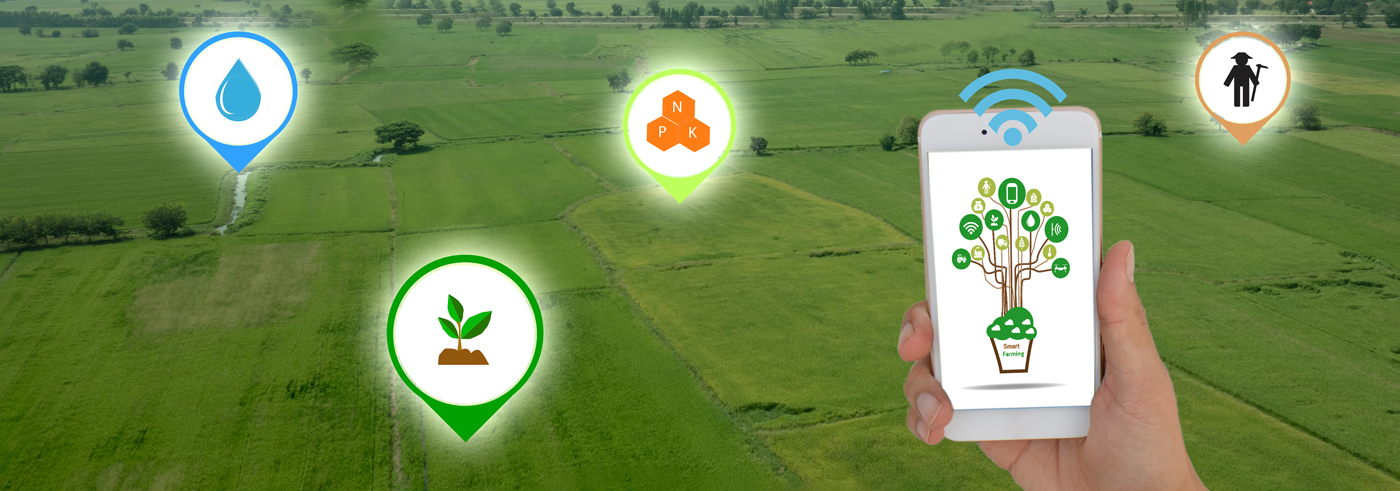THE CHALLENGE
To reduce their environmental impact and lower the risk of water pollution it is important to optimise, reduce or restrict the use of pesticides (Plant Protection Products/PPPs). This is a shared responsibility between producers of PPPs, manufacturers of spraying equipment, farmers, and regulators.
In the past, spray drift was considered the major risk, and the equipment industry provided many innovative tools to address this risk, particularly low drift nozzles and atomizers. However, European PPP manufacturers now consider that the major risks to water in Europe come from point sources, generally an order of magnitude greater than the risks from spray drift. Point source pollution occurs during the mixing process of PPPs and the filling or cleaning of spraying machines.
In Europe, specific standards have been developed to ensure minimization of environmental impact from spraying equipment, including risks of point source pollution. Recently, additional assessment tools for spraying equipment have been developed.
IMPACT
CEMA is greatly concerned about the emergence of new assessment tools that aim to evaluate the environmental performance of spraying equipment, in particular in relation to the following:
Flawed methodology: evaluating the point source pollution mitigation potential of a sprayer is an extremely difficult task. This potential varies greatly depending on the specific application (product, crop and growth stage, weather…) and use of the sprayer in a particular situation (proximity to areas at risk, other vegetation present, weather…). Many assessment models have an overly narrow focus and thus fail to take this complexity into account.
Unclear operating modalities: it is unclear how regularly certain assessment models will be updated. As such, there is a risk that new techniques may not be sufficiently considered by them which would hamper innovation. Moreover, they tend not to operate in an inclusive, open and transparent manner.
One-sided assessment bias in favour of certain technologies, leading to higher prices without higher environmental benefits: a flawed assessment model can have the adverse effect of favouring particular technology features (while discarding others) and distort the market by incentivising farmers to purchase overly sophisticated costly technologies whilst ignoring other potential solutions that might be perfectly adequate, and more appropriate, to mitigate risks in their specific farming situation.
CEMA POSITION & CALL FOR ACTION
Advanced spraying equipment can greatly reduce the risk of water pollution from pesticides. It is therefore essential to have sound methodologies in place which assess them and promote their use.
Such assessment tools need to:
- be based on sound data
- operate in a transparent and open manner
- inform farmers about the different options of how to mitigate point pollution, leaving them the choice of how to achieve this task in their particular farming circumstances.
The existing standardization platform is the most adequate place to work thoroughly on these aspects.
“Advanced spraying equipment can greatly reduce the risk of water pollution from pesticides. But we need sound methodologies to assess them and promote their use."







